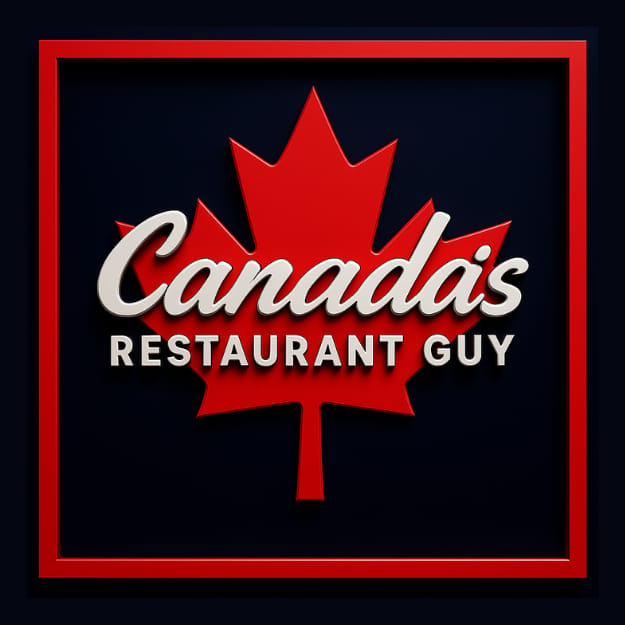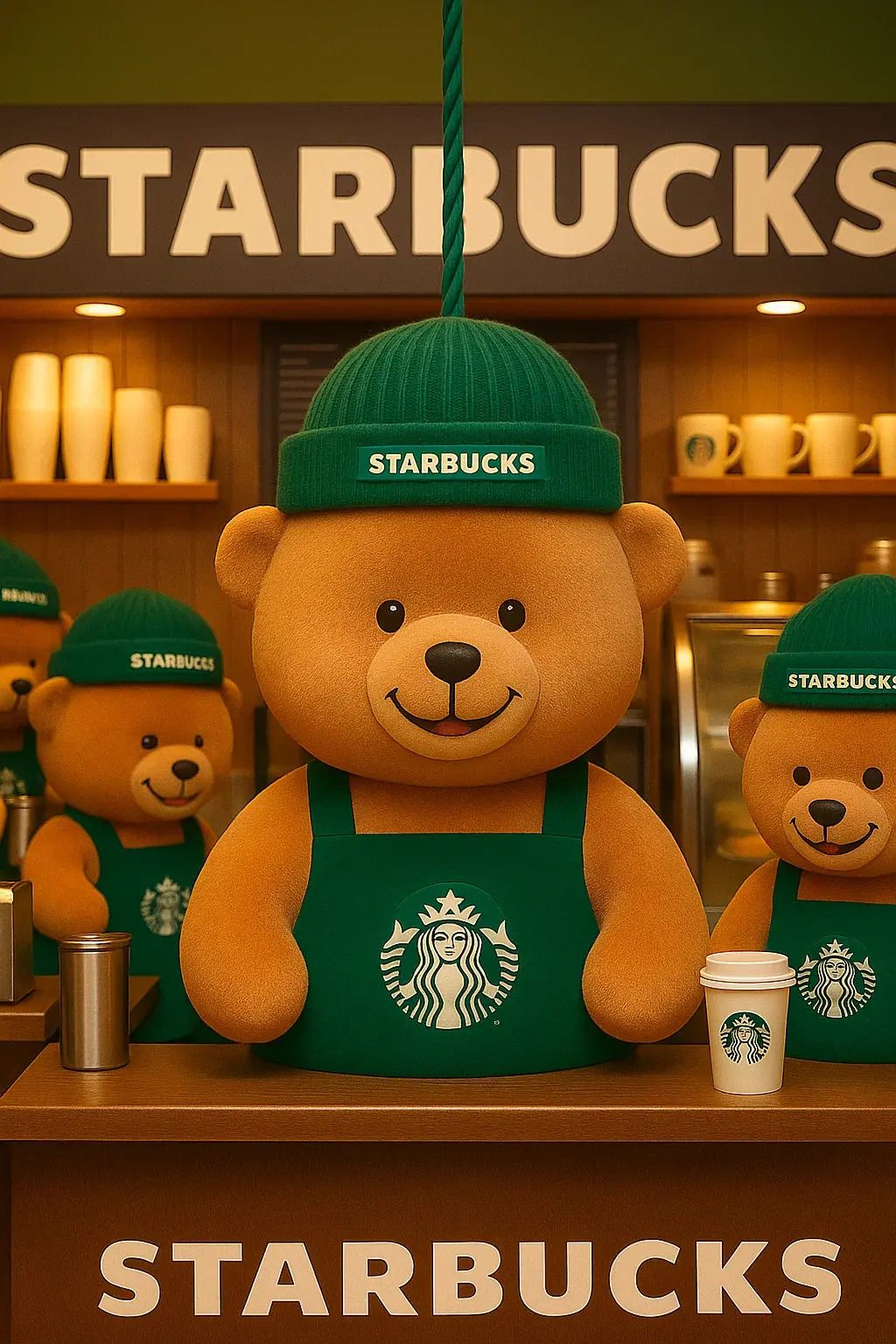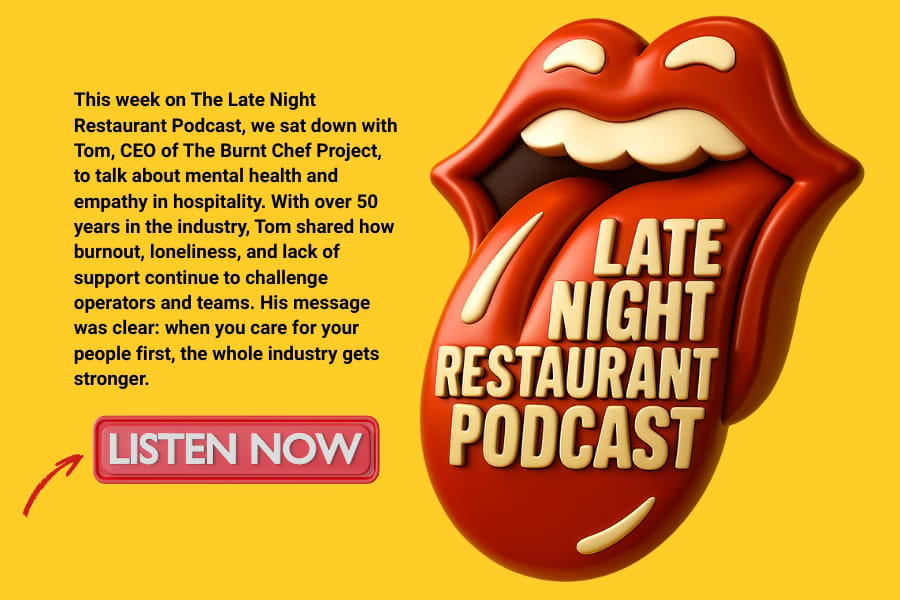Listen, I've been in this business long enough to recognize when someone's playing 4D chess with their customers, and what Starbucks just pulled with their Bear-Barista Cup is nothing short of brilliant, calculated genius.
Let me paint you the picture. November 6th rolls around, and Starbucks drops their holiday collection. Tucked in there is this adorable little glass bear wearing a green beanie, complete with a striped straw, retailing for thirty bucks. Within hours of launch, the 20-ounce bear-shaped cups were completely sold out across North America, with customers flooding social media begging for a re-release.
You want to talk about marketing that works? This is it. This is the holy grail of consumer psychology dressed up in a fuzzy bear costume.

The Scarcity Game Plan
Starbucks came out saying "The excitement for our merchandise exceeded even our biggest expectations. Despite shipping more Bearista cups to coffeehouses than almost any other merchandise item this holiday season, the Bearista cup and some other items sold out fast."
Here's what really happened. This is textbook scarcity marketing, and they executed it perfectly. The Bearista cold cup was initially included in Starbucks' holiday menu and merchandise announcement back on October 6 but quickly captured the internet's attention after Starbucks posted a video featuring the glassware on social media. That Instagram post asking "Who's getting a bearista cup on 11/6 LMK" racked up over 600,000 likes.
They built anticipation. They created desire. They limited supply. Then they watched the magic happen.
The Psychology Behind the Success
Marketing experts note that many brands are capitalizing on their understanding of human psychology to offer limited-edition and exclusive products that consumers will eagerly rush to buy. And boy, did consumers rush. Videos showed people waking up at 3:45 AM for the Starbucks Bearista Cold Cup, with one video accruing more than 3 million views.
The resale market exploded faster than a venti espresso shot. By the morning after launch, resellers were listing the limited-edition cup for up to $300 on eBay, nearly a 900 percent increase on its original price. Some listings hit the stratosphere at $1,400. For a cup. A glass cup shaped like a bear.

Here's what makes this genius from a restaurant marketing perspective: Starbucks didn't just sell a product. They sold FOMO wrapped in nostalgia tied to social currency. That bear cup became a status symbol overnight. Having one meant you were in the know, you were fast, you were part of something exclusive.
The Canadian Connection
Up here in Canada, we saw the same phenomenon unfold. The Starbucks 'Bearista' cold cup, priced at $43.95 in Canada, sold out almost immediately, with videos circulating online showing the incredible demand. Canadian customers were just as passionate about getting their hands on this limited-edition piece.
The CBC even picked up the story, and you know it's a cultural moment when the national broadcaster is covering coffee cup mania. One influencer chronicled visiting three stores before 6 AM, with his wife commenting at the end, "This is how it works. This is marketing." She absolutely gets it.
What Independent Restaurants Can Learn
Now here's where this gets exciting for us independent operators. This whole campaign is a blueprint that smaller restaurants can actually use without the massive Starbucks budget.
Create Collectible Moments: You don't need to be a global chain to create limited-edition items. That seasonal cocktail glass, that special dessert plate, that unique takeout container for your signature dish. Make it beautiful, make it limited, make it memorable.
Build Anticipation: Notice how they announced this on October 6th but didn't release until November 6th? That's a full month of building buzz. Independent restaurants can tease new menu items, special events, or limited releases weeks in advance. Get people talking before the launch.
Understand Emotional Value: As someone who's spent decades watching food and beverage trends, here's what this teaches us: Emotion beats logic every single time. That bear cup isn't functionally different from any other cold cup. It doesn't keep drinks colder or taste better. But it makes people FEEL something. It taps into that collector mentality, that fear of missing out, that desire to be part of the cultural conversation.
The rush to get the Bearista mirrors the fervor usually seen with limited-edition items such as rare sneakers or toys, with the demand exceeding Starbucks' expectations. This is sneaker drop culture meeting coffee culture, and independents can tap into this exact same energy.
Real Applications for Independent Operators
Think about your restaurant. What could you create that becomes collectible? Maybe it's:
A limited-edition house hot sauce with custom labels that drops quarterly. Only 100 bottles. Announce it, build the hype, watch customers race to grab them.
Special ceramic mugs for your signature drinks, released seasonally. People collect these. They display them. They post them on social media.
Custom tote bags designed by local artists, with new designs every month. Limited runs. Creates community, supports local talent, generates buzz.
Exclusive menu items available only on certain days with limited quantities. "Chef's Special: Only 20 portions available." Watch how that creates urgency.
The Power of Strategic Scarcity
Industry observers note that based on historical patterns, Starbucks' use of scarcity to generate buzz shows they view high demand as engagement. This is smart business. When people can't get something, they want it more. When they finally get it, they value it higher.
For independent restaurants, this strategy is actually easier to implement than for chains. You have more flexibility, faster decision-making, and direct control over your inventory and marketing. You can test, adjust, and pivot quickly.
The Cultural Phenomenon Effect
Starbucks turned a thirty-dollar glass cup into a cultural phenomenon that dominated social media and news cycles. That's not just marketing. That's creating a moment. That's understanding your audience so well that you know exactly what will make them excited to engage with your brand.
And here's the beautiful part: this works at every scale. Whether you're running a food truck, a cafe, or a fine dining establishment, the principles are identical. Create something special. Make it limited. Tell the story well. Let your community amplify it.
The Takeaway for Independents
From a Canadian restaurant perspective, we can learn everything from this campaign. You don't need a massive budget to create buzz. You need to understand your customer's psychology, leverage scarcity strategically, and create products that trigger emotional responses, not just functional ones.
Starbucks proved that people will line up, lose sleep, and create viral content over a well-executed limited release. They turned merchandise into an experience. They turned a cup into a conversation.
For independent restaurants watching this unfold, the message is clear: you have the same tools available. You have creativity, you have community connections, you have the ability to move fast and create special moments.
The Bearista Cup campaign shows us that in today's market, creating desire is more valuable than creating availability. Building community around your brand is more powerful than just serving great food. Making people feel like they're part of something exclusive drives more engagement than any traditional ad campaign ever could.
Somewhere in Seattle, the Starbucks marketing team is watching the internet celebrate this bear in a beanie, and they're already planning the next drop. The question is: what's your restaurant going to drop next?
Study this playbook. Adapt it to your scale. Create your own viral moments. The tools are all there. Now go make some magic happen.





